Order Artiodactyla Family Ziphiidae Scientific name Hyperoodon ampullatus Rank Species | Phylum Chordata Genus Hyperoodon Higher classification Bottlenose whale | |
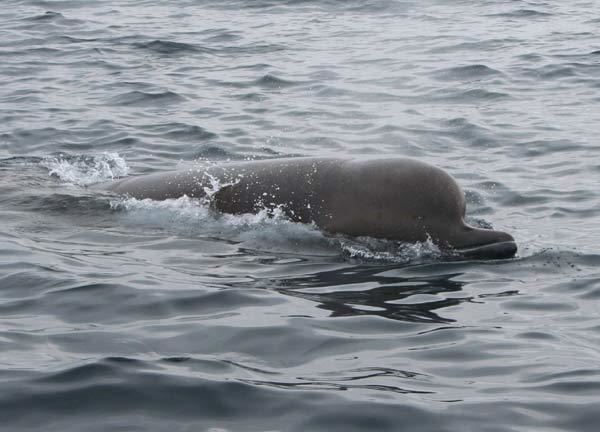 | ||
Similar Bottlenose whale, Cetaceans, Beaked whale, Sowerby's beaked whale, Mesoplodont whale | ||
Northern bottlenose whale species identification
The northern bottlenose whale (Hyperoodon ampullatus) is a species of bottlenose whale in the ziphiid family, and being one of two members of the genus Hyperoodon. The northern bottlenose was hunted heavily by Norway and Britain in the 19th and early 20th centuries. It is one of the deepest diving mammals known, reaching depths of 1453 m (4767 ft).
Contents
- Northern bottlenose whale species identification
- History of discovery
- Description
- Behaviors
- Feeding
- Population and distribution
- Conservation
- References
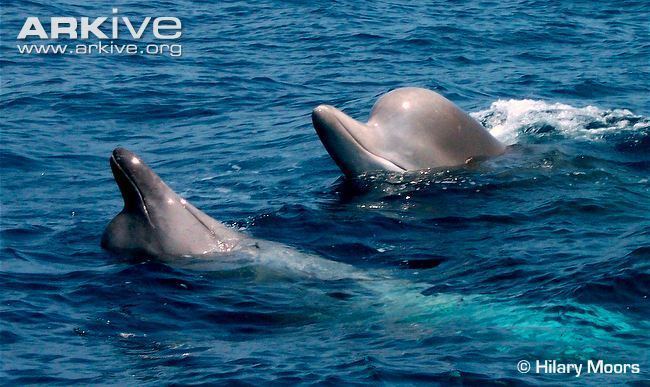
History of discovery
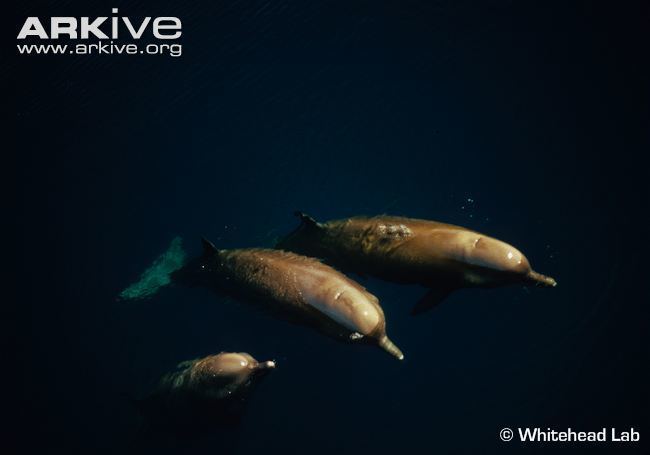
It was first described by Johann Reinhold Forster in 1770, basing the name on the "bottle-nosed whales" seen by Pehr Kalm in his Travels into North America, and on Thomas Pennant's 1766 description of Samuel Dale's "bottle-head whale" found stranded above a bridge in Maldon, Essex, in 1717.
Description

The species is fairly rotund and measure 9.8 metres (32 ft) in length when physically mature, and there have been claims that large individuals reach up to 11.2 metres (37 ft), rivaling Giant Beaked Whales and being significantly larger than known records of the subspecies in southern hemisphere and the close-resembling tropical species. The melon is extremely bluff. The beak is long and white on males but grey on females. The dorsal fin is relatively small at 30–38 centimetres (12–15 in) and set far back on their bodies. It is falcate (sickle-shaped) and usually pointed. The back is mid-to-dark grey. They have a lighter underside.
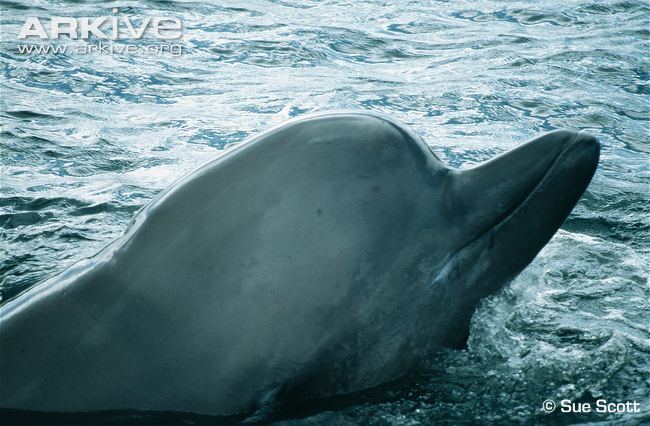
Weight estimates are hard to come by. For the northern bottlenose whale, 5,800–7,500 kilograms (12,800–16,500 lb) is given somewhat consistently.
Behaviors
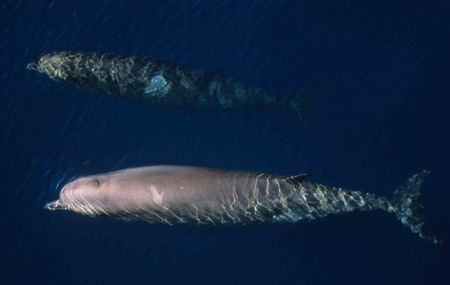
Despite being deep diving beaked whales, they are known to come, play, and rest in shallow waters in small numbers. They are very playful and curious towards human vessels making them relatively easy targets for whale hunters.
These features are also common with other larger beaked whales, especially the Baird's beaked whales.
Feeding

Northern bottlenose feed mainly on squid and fish, feeding deep near the sea floor; they are capable of diving for an hour or more.
Population and distribution
The northern bottlenose whale is endemic to the North Atlantic Ocean and is found in cool and subarctic waters such as the Davis Strait, the Labrador Sea, the Greenland Sea and the Barents Sea. They prefer deep waters. The total population is unknown but likely to be of the order of 10,000. "The Gully", a huge submarine canyon east of Nova Scotia, has a year-round population of around 160 whales.
On 20 January 2006, a northern bottlenose whale was spotted in Central London in the River Thames. The River Thames whale reached as far up river as Albert Bridge. It was moved onto a barge and rescuers hoped to take it out to sea, but it died following a convulsion on 21 January during its rescue. Its skeleton is now in the Natural History Museum in London.
Conservation
Prior to the beginning of whaling of northern bottlenoses it is estimated that there were 40,000–50,000 individuals in the North Atlantic. Between 1850 and 1973, 88,000 individuals were caught, primarily by Norwegian and British whalers. The population is very likely to be much reduced compared to pre-whaling figures. Since whaling ended the primary concern to conservationists is the number of oil and gas developments around the Gully.
Norway stopped hunting the whale in 1973 but northern bottlenose whales are still killed in the Faroe Islands. Faroese regulations only allow the killing of bottlenose whales which have beached themselves and cannot be driven out again. Long term statistics indicate that the most frequent beachings are in the villages of Hvalba and Sandvík on Suðuroy.
The northern bottlenose whale is listed on Appendix II of the Convention on the Conservation of Migratory Species of Wild Animals (CMS). It is listed on Appendix II as it has an unfavourable conservation status or would benefit significantly from international co-operation organised by tailored agreements.
In addition, the Northern bottlenose whale is covered by the Agreement on the Conservation of Small Cetaceans of the Baltic, North East Atlantic, Irish and North Seas (ASCOBANS), and the Memorandum of Understanding Concerning the Conservation of the Manatee and Small Cetaceans of Western Africa and Macaronesia (Western African Aquatic Mammals MoU).
